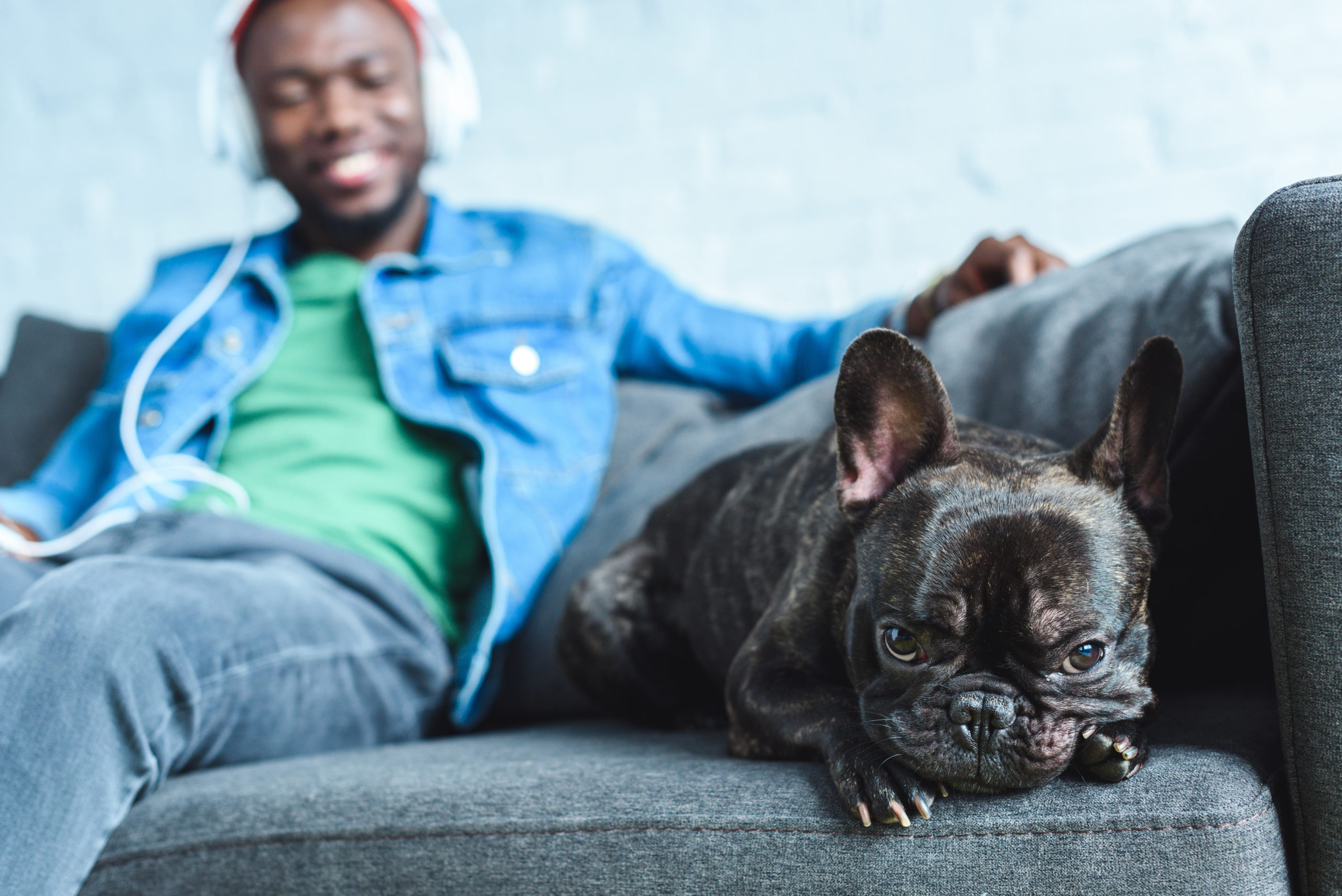You may have heard of a decompression period when you bring home a new foster dog. What does that mean? Well, there’s a lot of science we won’t get too deep into, but it’s kind of like that feeling when you first get home from a long day of work, and you sit in your car for a few minutes relaxing or singing before your family needs all of your attention inside your home. Or when you lock yourself in the bathroom so you can have enjoy a hot bath and some peace and quiet. Decompression is the releasing of stress hormones; of taking a deep breath and letting out a big sigh; of preparing yourself for whatever comes next. Well, dogs need that too!
Here are some suggestions to making the transition into your family successful for a new pup.

Isolation and Adjustment Period
If you have pets at home, it is in everyone’s best interest if you can keep them apart for a minimum of 14 days. This is long enough for almost any illness that your foster pup was exposed to, to begin showing signs and symptoms. It also provides much needed quiet time for a dog to decompress from the noise and nonstop activity of shelter life, while you monitor and observe their behavior. Check with the rescue or shelter you are fostering with for their guidelines.Trigger Stacking
Much like people, dogs can only take so much change at once. Their bodies produce cortisol in response to stress, and excess stress can push them beyond their breaking point. When you bring a dog to a new home, with new smells, new food, new people, new bed, new routine, new car, new crate, new toys….. it is easy for one more thing to just be too much. Each of these new things may trigger cortisol production and it can take 5-10 hours for a dog to recover from the increased cortisol level. If there isn’t enough time between events for cortisol levels to clear, new cortisol stacks on to the remaining cortisol from previous events.TIP: Avoid trigger stacking by limiting exposure to new people, pets, places or pressures during the adjustment period. Provide lots of quiet time where you aren’t expecting much from your new foster dog, while building trust and routine.
Introduction to People
We all want a dog that is social with everyone they meet, but what if they aren’t? How do we introduce people safely? Here are a few tips, but make sure you check in with your foster organization for more information.- Keep your foster dog in a separate room when people are coming over, entering your home, or standing about mingling. Once everyone has settled in, you can allow your pup to meet folks.
- Never allow the new person to approach, speak or touch your dog until your foster dog makes the first move to signal that this is acceptable.
- Give the new person treats! Encourage them to hold a treat or drop it on the ground next to their feet. This allows the dog to make a positive connection between treats and the new person, without pressure of having to be touched.
- Be patient! Your foster dog may be wary of new people no matter how good the treats are. Don’t force it or advance towards them. This may worsen their feelings of fear or shyness.
Introduction to Other Dogs
You may have done a meet and greet with your dog during the process for deciding which pup to bring home. If so, you probably witnessed some useful methods. Remember, bringing a new foster dog into your home and expecting him to get along with other dogs instantly, is not recommended. It’s like a distant relative showing up and expecting to sleep in your bed. Awkward.There are a couple of techniques for doing introductions, and you’ll want to check with the shelter or rescue you are fostering for to get their recommendations. The key in any interaction is slow, calm and low pressure. Don’t force it and don’t rush!
TIP: Do not take your foster dog to the dog park! They may not have the appropriate social skills to handle that many new dogs.
Share Your Time
There aren’t many types of flowers that you can stick in your basement, ignore and they thrive. Help your foster dog blossom by spending time with them! Physical exercise like walking, jogging, and playing fetch; mental exercise like learning sit, practicing stay and solving puzzle feeders; grooming and practice with a leash are all integral to your foster dog's development. Getting them familiar with the car, traffic sounds, vacuuming, and people wearing hats and sunglasses, will help them adapt more easily into their next home.Your Kids & Pets
Be sure to check with the organization you’re fostering for before introducing your foster pet to your kids. Remember that it’s crucial to keep your foster dog isolated and give them adjustment time in their own space when they arrive. If you decide to introduce your foster dog to your own pets or your children after this time, make sure your foster dog is healthy and free of contagious diseases.Slow, gradual introductions and exposure are crucial. Meeting kids and other pets can be overwhelming and stressful for some dogs, so pay attention to body language and don’t force it. Lip licking, trying to get away, pacing and freezing are just some of the signs that you foster dog is uncomfortable.
TIP: Do not let children climb or lay on your foster dog. Do not leave children unattended with your foster dog for any length of time. Do not allow your child near a dog’s food or water dish, and do not leave a child’s toys or food within a dog’s reach.









